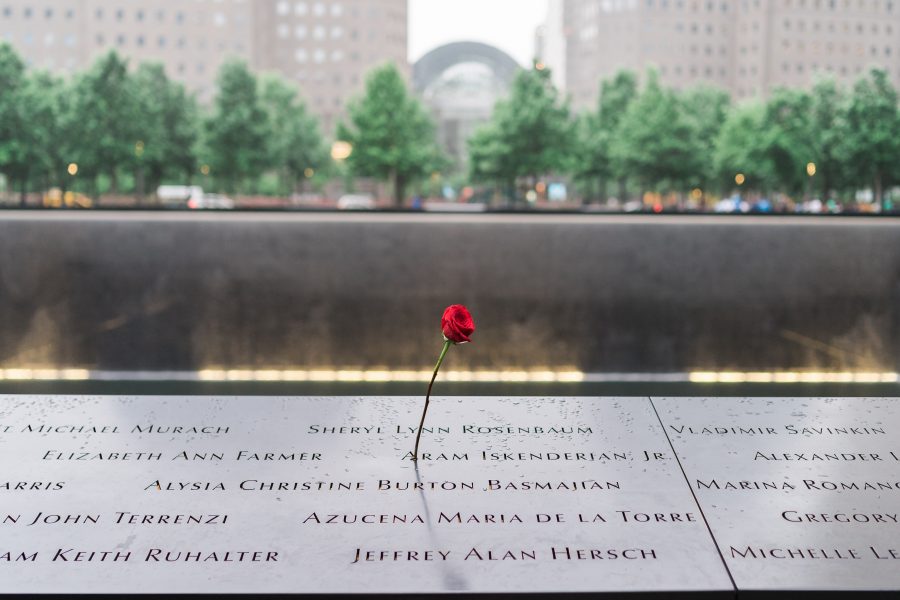A few years ago we wrote about 12 of the greatest construction projects in history. Today, we’re adding 10 more to that list.
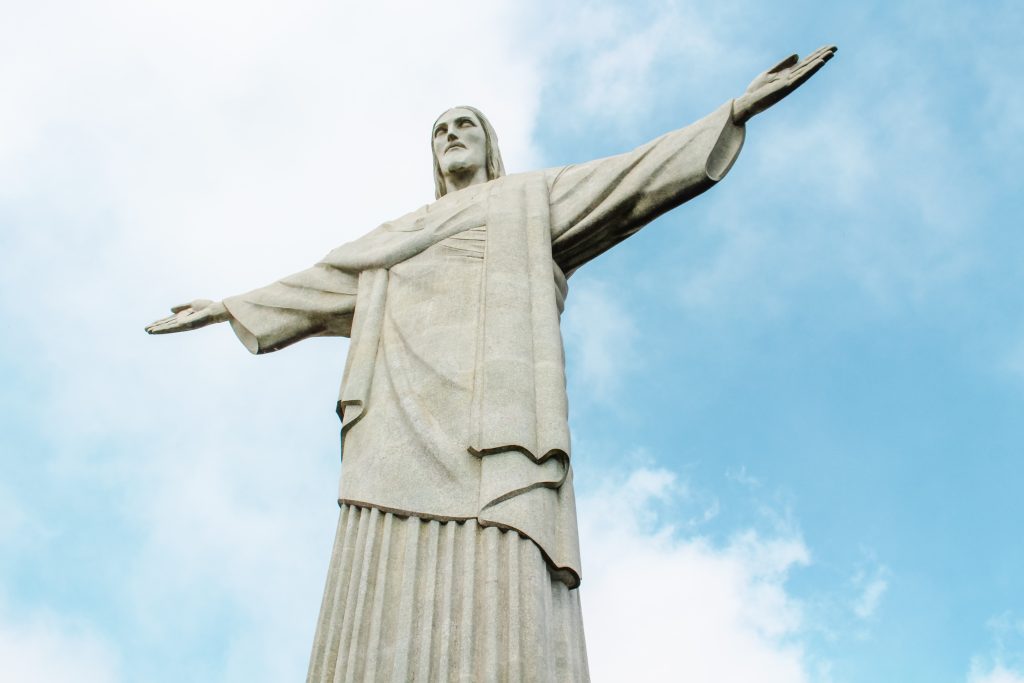
Christ the Redeemer
The statue was built between 1922 and 1931 at the peak of the Corcovado Mountain in the Tijuca Forest National Park overlooking Rio de Janeiro, Brazil. Construction started after the Catholic Circle of Rio proposed building a landmark statue, then collected donations and supporting signatures from locals. It stands 98 feet high, with a 26-foot pedestal, and spans 92 feet from fingertip to fingertip.
Weighing 635 metric tons, the pedestal is made of reinforced concrete and the statue itself is of soapstone. It cost approximately $250,000 in its time, equivalent to about $3.5 million today, and opened on October 12, 1931.
Restoration and maintenance have taken place over the years due to vandalism, lightning strikes, strong winds, and erosion. Escalators, walkways, elevators, and light fixtures have been added in recent years and in 2006, a chapel was dedicated for Catholics to hold baptisms and weddings on site.
Christ the Redeemer attracts tourists from all over the world and is a religious and cultural symbol in Brazil. It is listed as one of the New7Wonders of the World.
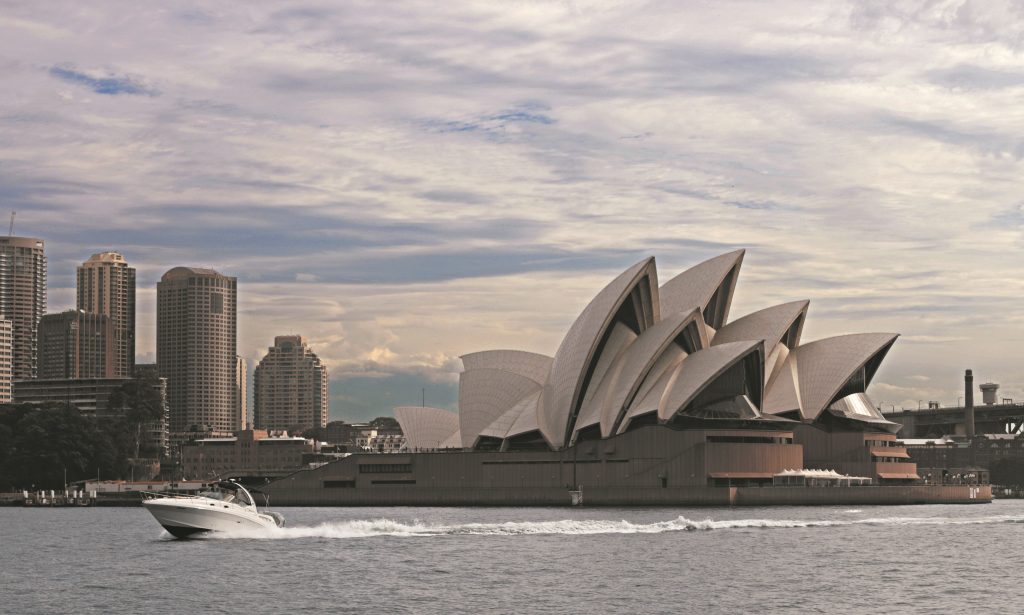
Sydney Opera House
This performing arts center in Sydney, Australia opened on October 20, 1973 – 10 years behind schedule and 1000+% over budget. The building covers more than four acres of land. It sits on almost 600 concrete piers installed 82 feet below sea level and at its highest point, it’s equivalent to being as tall as a 22-story building.
The building houses multiple concert venues, a recording studio, restaurants, retail outlets, and cafes. It hosts more than 1,500 performances each year. The opera house is one of the most popular tourist attractions in Australia with more than 8 million visitors annually, well-recognized by the multiple “shells” that form its roof.
Danish architect Jørn Utzon entered an international competition to design the opera house and his proposal was selected in 1957, beating out more than 200 entries. Construction began in 1959, however scheduling, costs, design changes, setbacks, and collaboration issues ultimately resulted in Utzon’s resignation 7 years after construction began. He was not invited to the opening of the building, but in recent years has been recognized for his beautiful design concept, winning the Pritzker Architecture Prize in 2003.
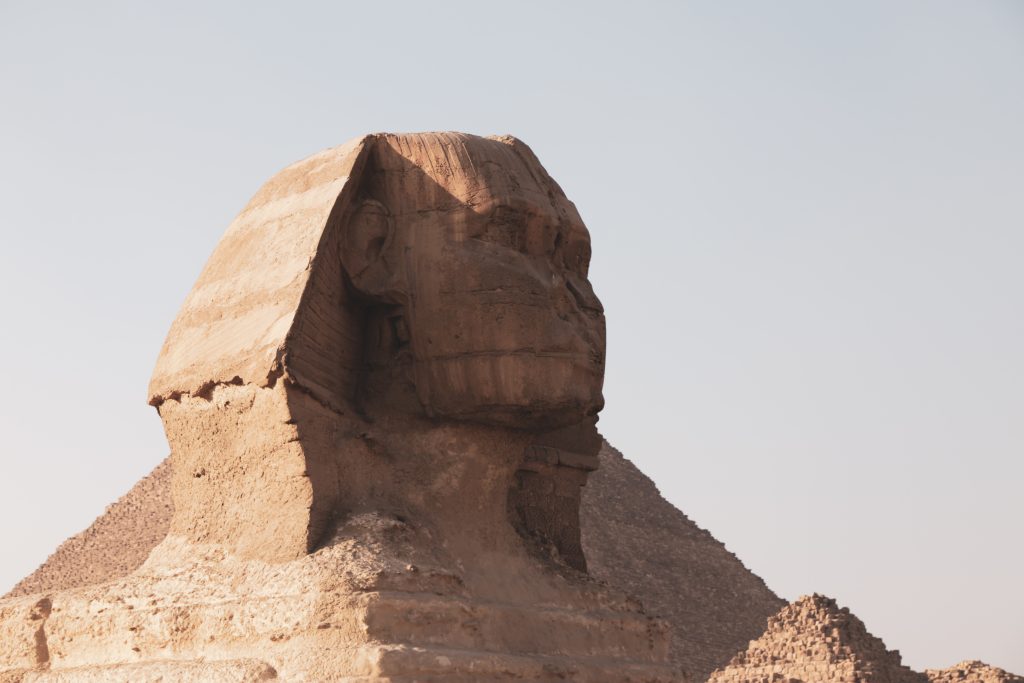
The Great Sphinx of Giza
A sphinx is a Greek mythical creature with the body of a lion and the head of a human. This landmark, also known as just the Sphinx, sits on the west bank of the Nile River in Egypt next to the Great Pyramid of Giza and is the oldest known monumental sculpture in the country.
It’s believed to have been built around 2500 BC for the pharaoh Khafre, but this has not been confirmed. Other theories link the construction to previous pharaohs and members of Khafre’s family. There are no known inscriptions as to its construction and original purpose.
It’s made of limestone and measures 240-feet long, 66-feet high, and 62-feet wide. The structure previously included a nose and beard, both of which have since been removed or fallen off. Theories about the demise of the nose and beard are also up for debate.
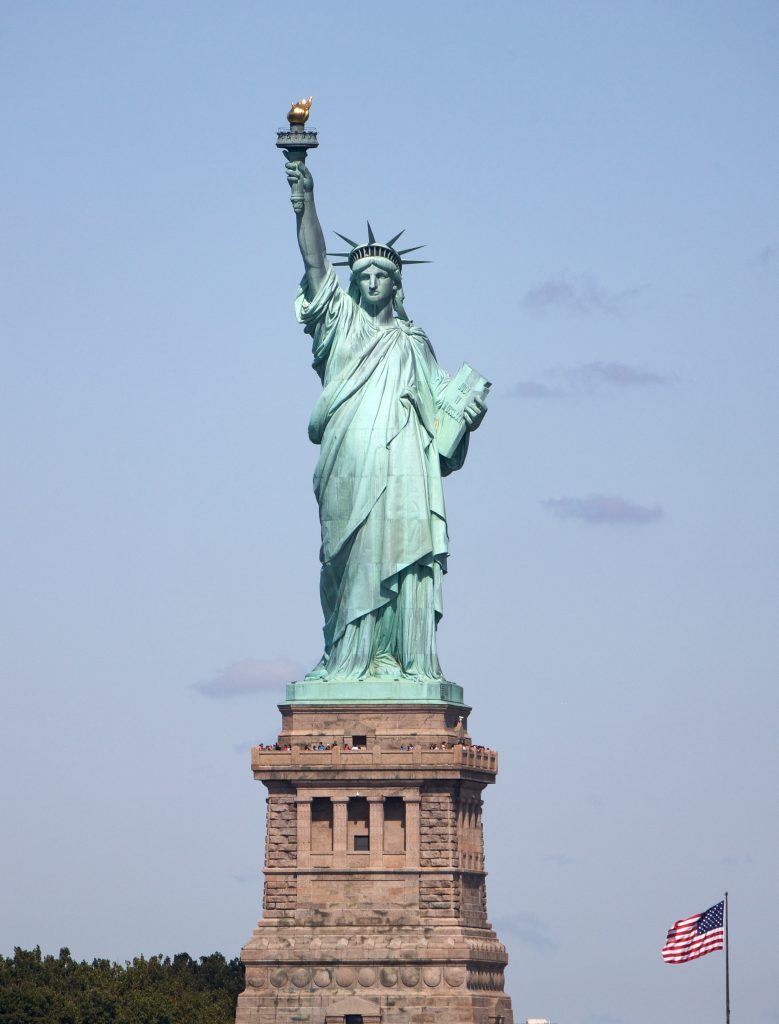
Statue of Liberty
Long representing freedom and independence in America, the Statue of Liberty is located on Liberty Island in New York, facing southeast to greet ships entering the harbor. It was a gift from France dedicated in October 1886. The statue is of Libertas, a robed Roman liberty goddess, holding a torch above her head and carrying a special tablet inscribed with July 4, 1776 in Roman numerals (the date of the United States Declaration of Independence). A shackle and chain also lay at her feet, known to represent the recent abolition of slavery.
Work began on the statue in the early 1870s. The French people financed the statue while the United States built the pedestal. It was built in France, shipped overseas, and the framework was assembled atop the pedestal anchored to steel I-beams. The skin of the statue was then carefully attached by workers who dangled from ropes since the pedestal did not provide enough room to erect scaffolding. Surprisingly, no one died during construction.
Construction on the statue was an early example of “curtain wall construction” thanks to designer and builder Gustave Eiffel. This means that the exterior of the structure is supported by an interior framework. There are two interior spiral staircases so visitors can walk the observation balcony in the crown. Previously, a small ladder allowed visitors to reach a balcony surrounding the torch, however that has been banned since 1916.
The copper statue itself is just over 151 feet tall, but from the ground to the top of the torch is a total of just over 305 feet. The Statue of Liberty was dedicated as a U.S. National monument in 1924 by President Calvin Coolidge.
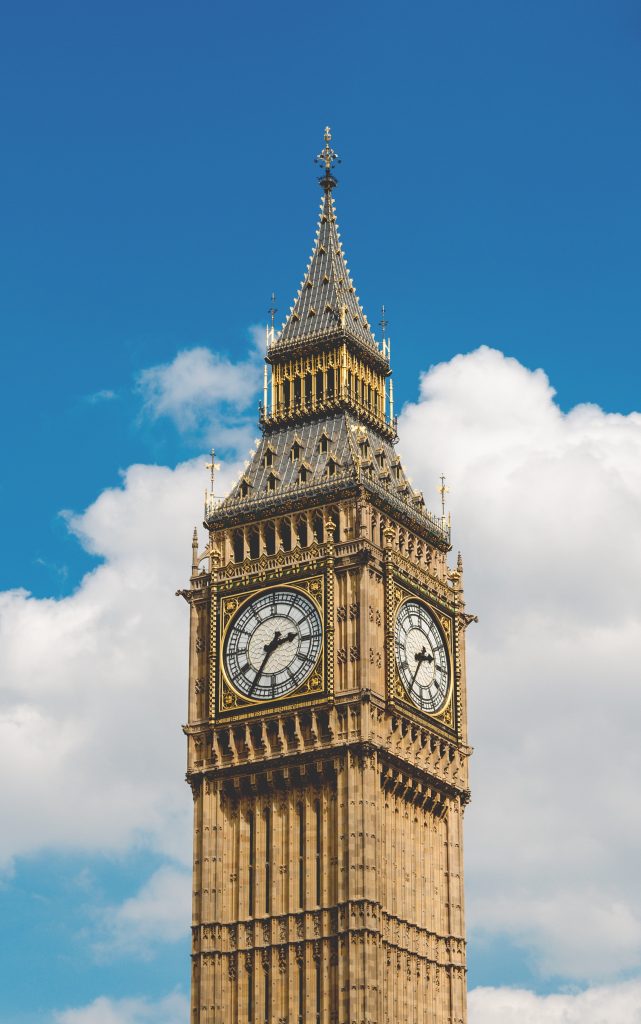
Big Ben
Widely known by its nickname “Big Ben,” the bell tower and clock located at the Palace of Westminster in London was originally called the Clock Tower, but in 2012 was renamed Elizabeth Tower. The tower contains five bells with the nickname Big Ben referring to the largest of the five, which weighs 13.5 tons. It tolls on the hour, while the four smaller bells chime at 15, 30, and 45 minutes past the hour.
The tower is 315 feet tall and upon its completion in 1859 was the largest and most accurate chiming clock in the world. It’s made of brick, limestone, and cast iron.
Renovations concluded in late 2021. The chimes rang out for the first time in more than four years on Decemeber 31, 2021 to mark the start of the new year.
The origin of the nickname Big Ben is up for debate – some say its after Sir Benjamin Hall who oversaw its installation while others say its after English heavyweight boxing champion Benjamin Caunt.
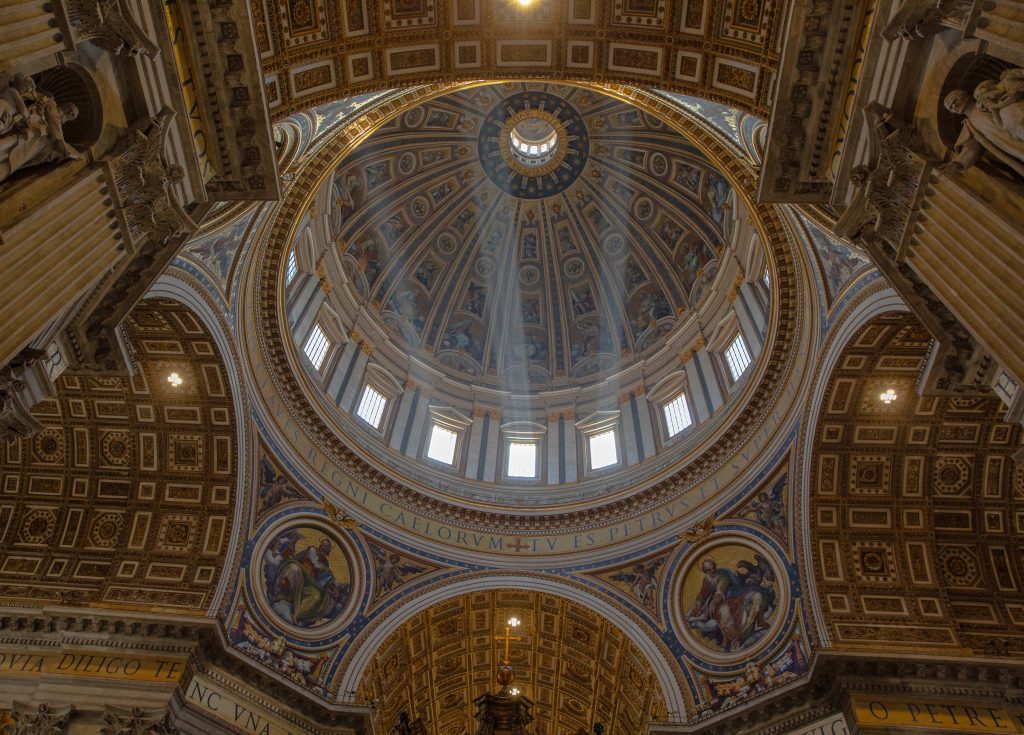
St. Peter’s Basilica
Also known as the Papal Basilica of St. Peter, this icon is an Italian Renaissance church located in Vatican City. It is currently the largest church in the world and is known to be the burial site of Saint Peter, one of Jesus’s apostles and the first Pope.
This basilica replaced the Old St. Peter’s Basilica, which stood from the 4th to 16th centuries, and was completed in November 1626 after more than 100 years of construction. Its construction was done in the shape of a Catholic cross with a long central aisle (nave).
It’s dome stands 448-feet high, 490-feet wide, and 720-feet long. The center dome is one of the largest in the world at 138 feet in diameter.
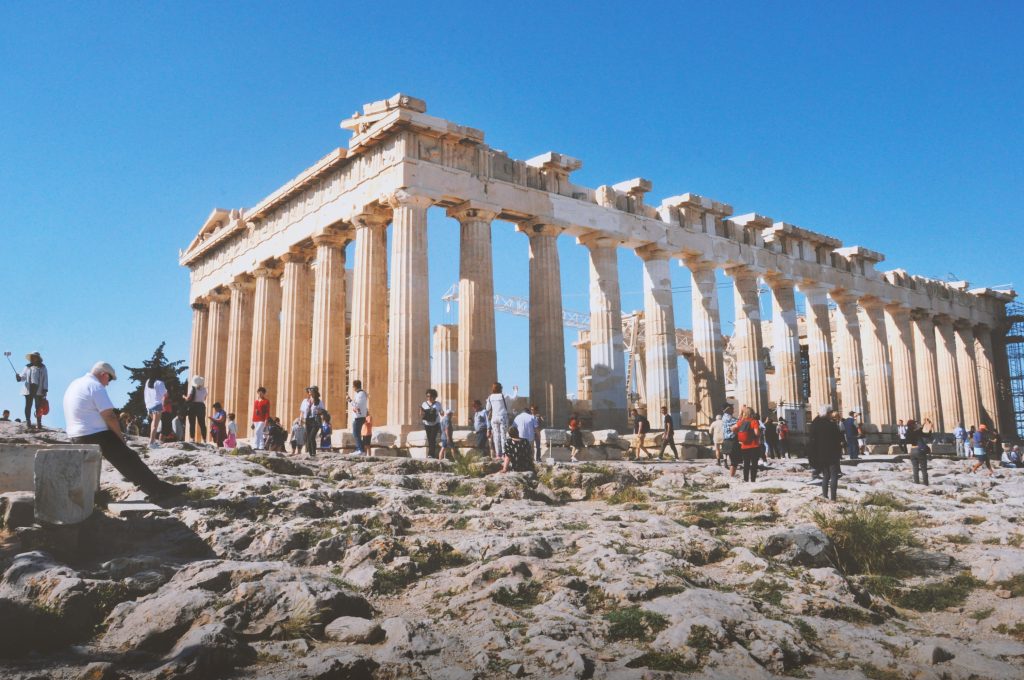
Acropolis of Athens
The Acropolis is a citadel that sits 490 feet above sea level in the city of Athens and encompasses the remains of numerous ancient buildings covering more than 7 acres. Its inhabitants can be traced back to the fourth millennium BC, but in the fifth century BC, Pericles took charge in constructing the acropolis’ most important relics, such as the famous Parthenon, which sits in the middle of the citadel.
Centuries of decay, earthquakes, military damage, erosion, pollution, and other factors have left the acropolis in ruins. Back in the 1970s, the Acropolis Restoration Project began in order to study and rebuild the ancient ruins, though its progress has slowed significantly in recent years.
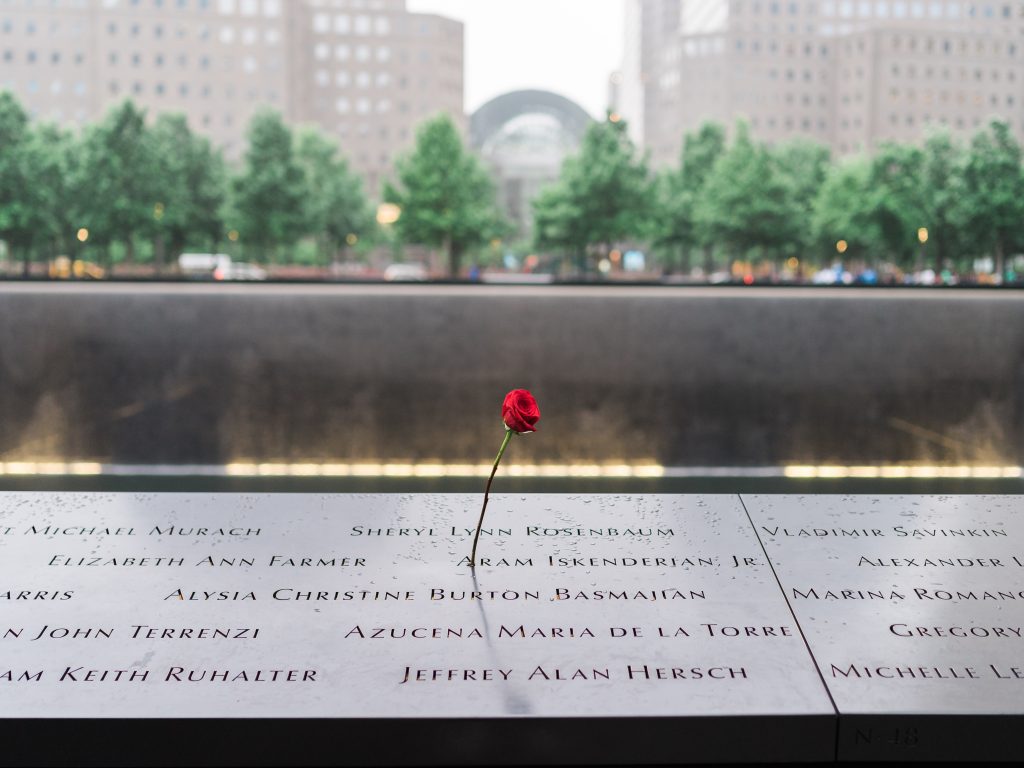
September 11 Memorial
The somber memorial in New York City commemorates the September 11, 2001 terrorist attacks, which killed 2,977 people, and the 1993 World Trade Center bombing, which killed six people. It’s situated at the former location of the Twin Towers destroyed during the 9/11 attacks.
An international competition opened in April 2003 by the Lower Manhattan Development Corporation to design the memorial. In January 2004, Michael Arad of Handel Architects was named the winner over more than 5,000 entries with a design titled Reflecting Absence.
The design consists of white oak trees surrounding two square reflecting pools and waterfalls 30 feet below street level that mark where the towers previously stood. Names of the victims of the attacks, including those from the Pentagon and American Airlines Flight 77, American Airlines Flight 11, United Airlines Flight 93, United Airlines Flight 175, and the 1993 World Trade Center bombing, are inscribed on 152 bronze parapets surrounding the waterfalls.
There is more than 8,000 tons of steel installed at the site. The reflecting pools are topped with a granite coating. Construction costs remained within a $500 million budget, despite original estimated costs of more than $1 billion.
It opened to the public on September 12, 2011 – 10 years and 1 day after the deadly attacks. More than one million people visited the site in just three months after its opening. The September 11 Museum, which sits underground next to the memorial, opened on May 21, 2014 and houses more than 40,000 images, 14,000 artifacts, 3,500 oral recordings, and 500 hours of video memorializing the attacks.
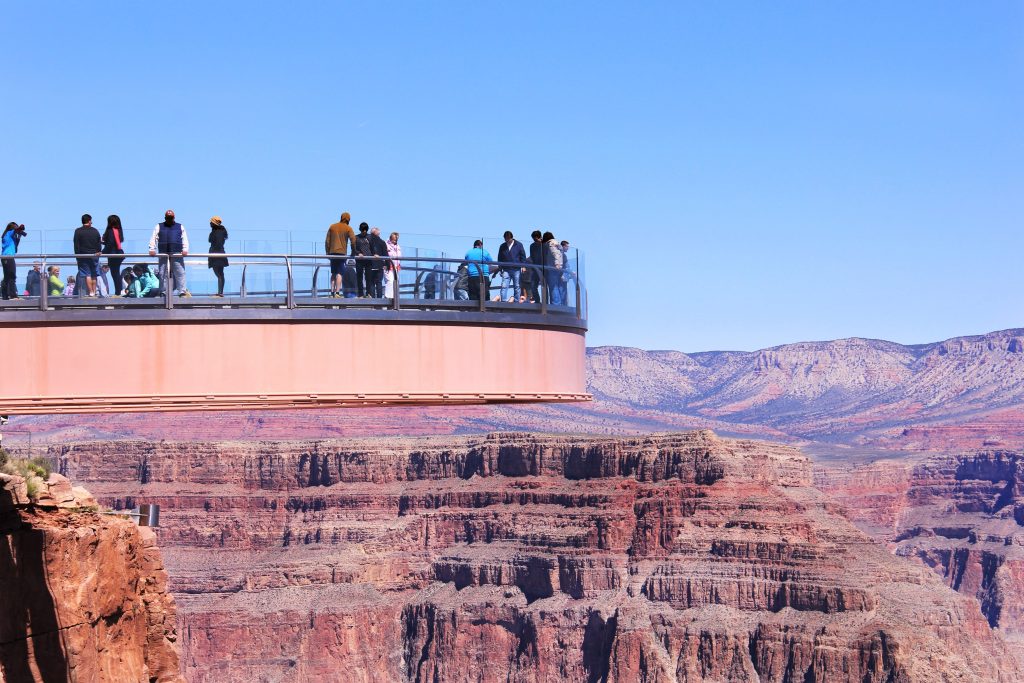
Grand Canyon Skywalk
Sitting at an elevation of 4,770 feet is the Grand Canyon Skywalk, a horseshoe-shaped glass bridge that extends over the side of the Grand Canyon. It’s owned by the Hualapai Indian tribe.
To keep the skywalk sturdy, the outer and inner bridge box beams are supported by eight box posts that are anchored into four large concrete footings, which are then anchored to the bedrock with high strength steel threaded rod rock anchors grouted 46 feet deep into the rock. Four layers of low iron glass complete the deck of the walkway and two layers of glass complete the sides, which stand 5-feet 2-inches tall. The total infrastructure of the walkway weighs more than 1 million pounds.
The skywalk was built to withstand an 8.0 magnitude earthquake within 50 miles of the location and can carry 822 people that weigh 200 pounds each, though maximum occupancy is regulated to 120 people at a time.
The project cost was estimated at $30 million and opened to the public in March 2007. Future plans on the site include construction of a museum, lounge, gift shop, restaurants, movie theater, and more.

National Stadium
Located in Singapore, the National Stadium opened in June 2014. It has the world’s largest retractable dome. With automated retractable seating on the lower level, it is the only stadium currently in existence that is custom designed to host football, rugby, cricket, and other athletic events, along with concerts and additional entertainment. Depending on seating configurations, the stadium can seat up to 55,000 people.
The retractable roof of the stadium is made of a lightweight, weather-resistant material called ETFE and takes approximately 25 minutes to open or close.
The National Stadium replaced the former stadium of the same name, which closed in 2007. Due to the 2008 financial crisis, demolition of the old stadium and construction of the new complex didn’t start until 2010.
*All info obtained from designated Wikipedia sites

